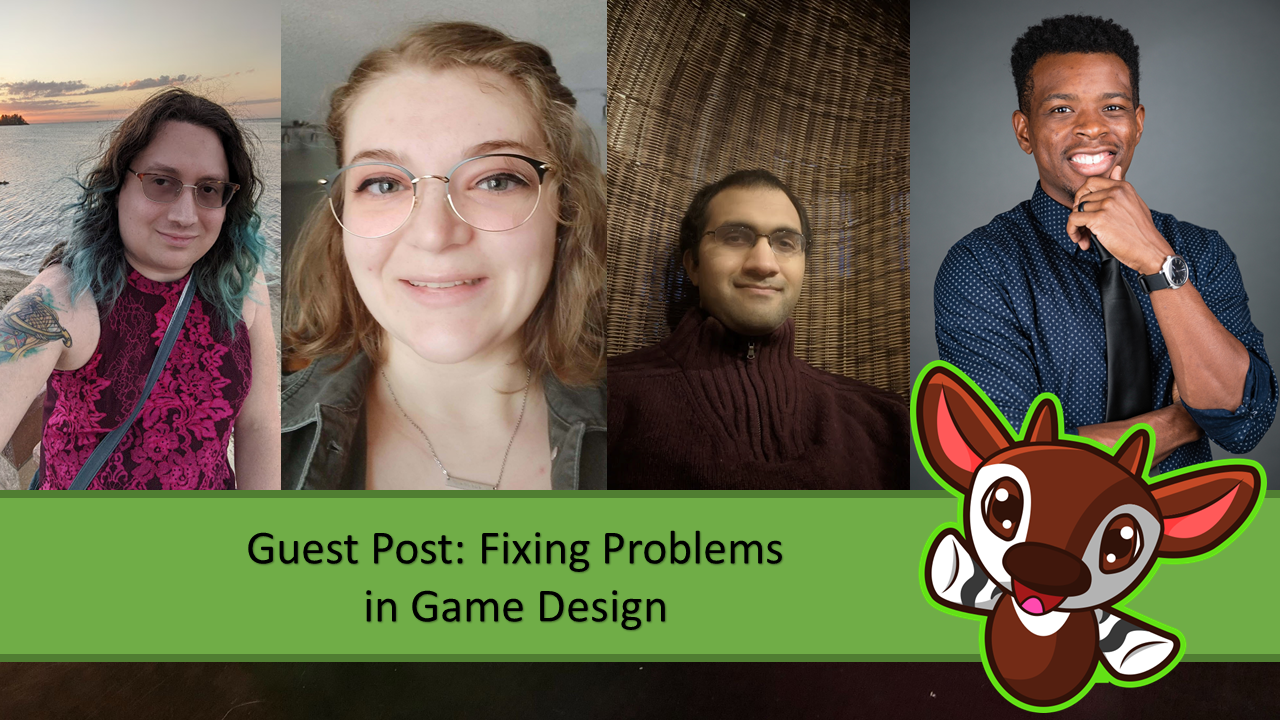
I know a lot of amazing designers and I wanted to highlight some of them, which is why I’m starting some guest posts! Each post will be a question about design or publishing and will hopefully give you a variety of perspectives to learn from.
There’s a problem in your latest design and you’re not exactly sure what it is. What steps do you take to try to identify and fix the issue?

“Often times I simply sleep on it. Give it a few days, and think about what felt wrong and what could be done about it. I’d try various solutions in my head before even getting it back to the table. It also helps to listen carefully to feedback from play tests. Get it to the table and play test as often as possible.” – Mattie Schraeder, @AFrozenPeach
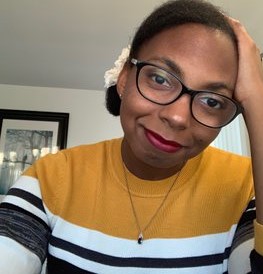
“Usually I’ll try to play through several turns or full games myself to see if I can hone in on the issue, both playing as I would play it and how I’d imagine a player with a different player style would. If I’m not able to identify the issue though those means I’ll try playtesting with other designer friends to see if they might be able to pick up on it.
It’s always been helpful to get multiple sets of eyes on my designs, as I’ve found that each person I consult has different takeaways and observations. Amassing the feedback as a whole to look at commonalities and unique points, all the while keeping in mind what I want players to get out of the design, usually enables me to identify the issue. Fixing the issue is usually a somewhat similar process. I’ll ty to figure out alternative routes to achieve whatever it is that currently is not working on my own first. Sometimes I can pull inspiration from taking real life methods, processes, and procedures and trying to make them work in my designs. Ideating with friends, both designers and non-designers alike, as well as researching by reading scholarly articles, books on game design, and playing other games can help as well! If all else fails, take a break and work on something else. Sometimes all you need is time!” – Raven McKenzie, @_RavenMcKenzie
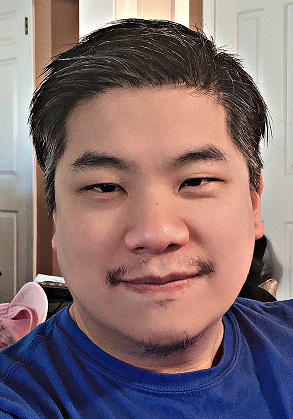
“Try to abstract it to a higher level first. See if it conflicts with something else in the game. Then try to break it down to its components. Is just part of the idea broken or is all of it not working? Failing all else, show it to someone new, someone with a critical eye.” – Nicholas Yu, @yutingxiang
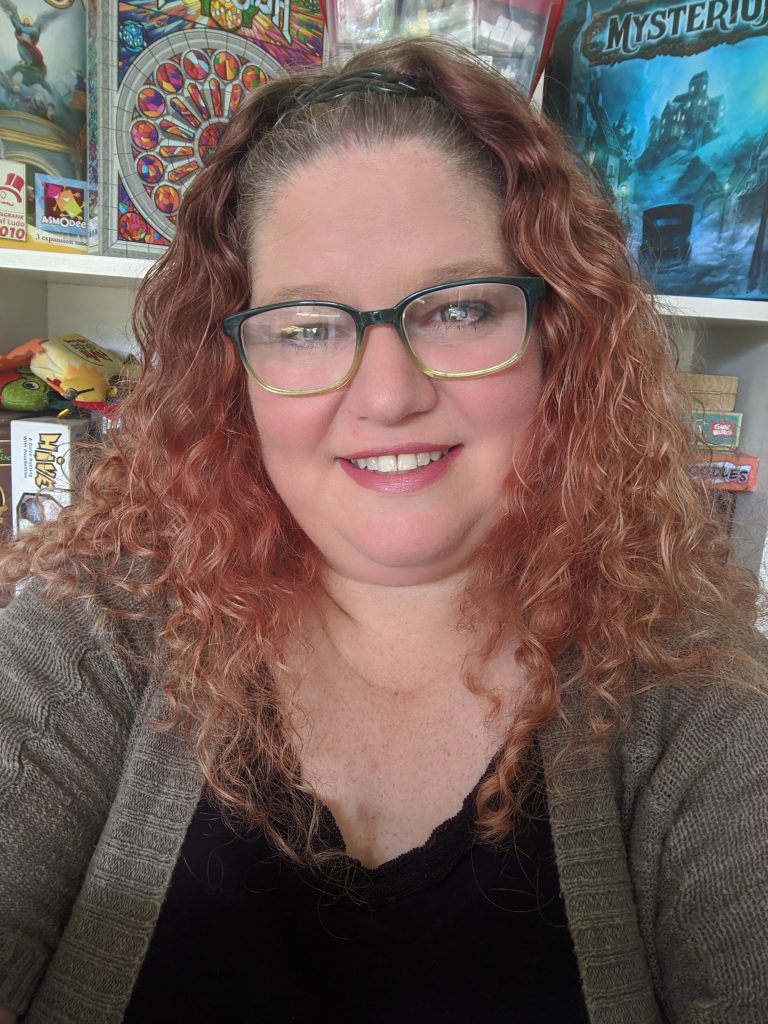
“There are really two paths I take to identify issues, and both can be pursued at the same time. One is self-assessment. This will take the form of a series of questions that I must answer starting at the basics. What is the core mechanism? Is it fun? Is it providing the game feel I want? If the core mechanism is passing on all points, I’ll move to any additional mechanisms and evaluate them all similarly, adding even more questions.
Is this supporting element critical to the core experience? What happens if it is removed? Is it connecting clearly? Once those are evaluated and since I tend to design thematically, I’ll next turn to the theme. Is the theme integrated well? Does it matter? Is it coming through in the player experience? All of these questions hopefully help point out flaws, but if not, there’s always the other vital path…playtesting! Playtesting is critical to finding and fixing issues. I’ll watch for areas where players are confused or aren’t engaged, and I’ll listen for sounds of frustration or disappointment. While I will have some questions for the players in mind, it’s also important to take notes from their gameplay, so that I can ask specific questions to the players about the game experience they’ve had. Once problems are identified, fixing them takes iteration, more playtesting, and then starting the whole process again.” – Kirsten Lunde, @lookingglassws

“I would brainstorm at least a few different alternatives to that specific issue. Then, iterate each one and see if any of them either solve the issue, or at the very least, move the design in the right direction. If that doesn’t yield any improved results, research other games that have a closely related mechanic that you can adjust and fit into your design.” – David J. Bruglia, @DavidBruglia

“The first thing I’d do is look back at all of my playtesting notes and make a list of all the problems people have mentioned or that I’ve noticed. Then, I’ll see if I can spot any patterns. Do playtesters keep complaining about the same issue? If they’re saying different things, are those complaints just symptoms of the same underlying problem? If something seems wrong but no one can pinpoint the cause, it usually means there’s some deeper, underlying problem that’s causing a ripple effect throughout the rest of the design.
From there, it’s just trial and error. I’ll pick out the biggest problem and try to fix it. If it works, great. If it doesn’t, I’ll just try to fix the next thing on the list and see if it solves the problem.” – Sara Perry, @saraperry96

“These cases start a three step process for me. First, I take a minute to revisit my vision for the game, reminding myself what kind of experience I’m intending to create. Second, I playtest to see where gameplay is diverging from the intended goal. Being as objective as possible here is crucial. Lastly, I either overhaul that portion of gameplay, or strip it down piece by piece until a solution is found.” – Jadyne (Jay) Bell, @thejaybell

“I categorize game issues into four types – pedagogical, emotional, thematic, and heuristic problems. Even when I don’t understand the problem, I can at least identify the category into which it falls. To identify rules misunderstandings, I observe players’ actions closely to see what mistakes they make. I then ask them to explain how they think specific mechanics work once I have narrowed it down.
If many players make the same wrong assumption, that is an argument for changing the rule to match their intuition. If they interpret the same mechanic in many different ways, it might just be that I failed to explain it. I identify players’ emotions by asking them their feelings about specific mechanics. If I know which mechanic is responsible and what players feel, I can make changes and ask them about it again until I no longer see that emotional response. For thematic problems, I ask players whether there are any parts of the game that didn’t quite match the game’s fantasy as described, which I will then consider removing. This is often a lower priority. However, theme informs player intuition about mechanics and provides flavor to the game, so it still matters. When new players have difficulty deciding what to do, I try to add implicit or explicit quests to direct their attention at the game’s start. If they tend to ignore certain parts of the game, I add side effects to their choices to encourage them to interact with those parts.” – Ananda Guneratne, @AnandaGuneratne
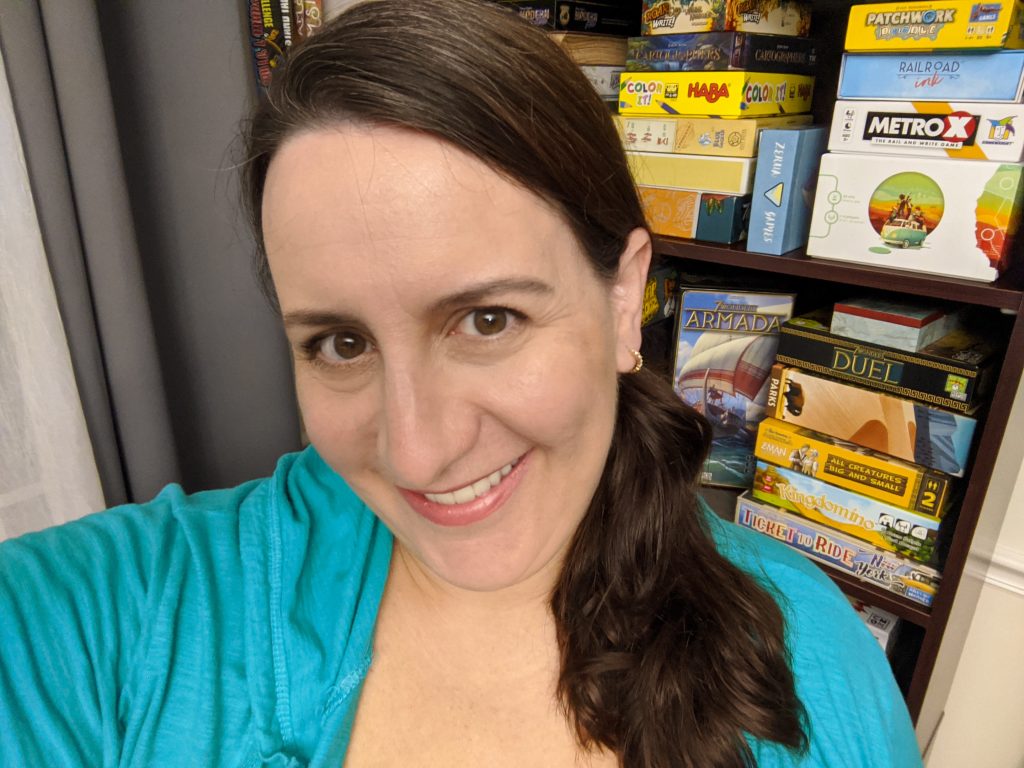
“Selectively editing. Remove piece X – did that help? No? OK, plug it back in, try rule B. How about now? Testing individual parts helps find flaws in the system.” – AnnaMaria Jackson-Phelps, @annamaria_jp

“I would look at what I changed in this iteration versus the last one, and then compare that to what I liked and disliked between both. I would check to see if the issue I previously tried to solve was fixed, or if the situation got worse.
I would also look back at my notes to see if the problem was only visible on my side or if it was something the playtesters pointed out. Lastly if I changed more than one thing, I would try taking away one change at a time to better identify what caused the issue.” – Fertessa Allyse, @fertessa

“I would playtest it with a variety of playtesters to see if it could help me identify the problem.” – Chidi Page, @chidipaige

“My coop game’s AI was too weak removing all tension and difficulty in the game and there is no ramping difficulty. I graphed what I wanted players to experience (steady upward climb with small spikes along the way), so I made a mechanic that fit that experience with cards that double as random injections of tension with built in ramping difficulty.
I started doing this more after listening to Eric Reuss’s talk about game tempo from Tabletop Network and it has helped my designs.” – Tony Tran, @tonymakesgames
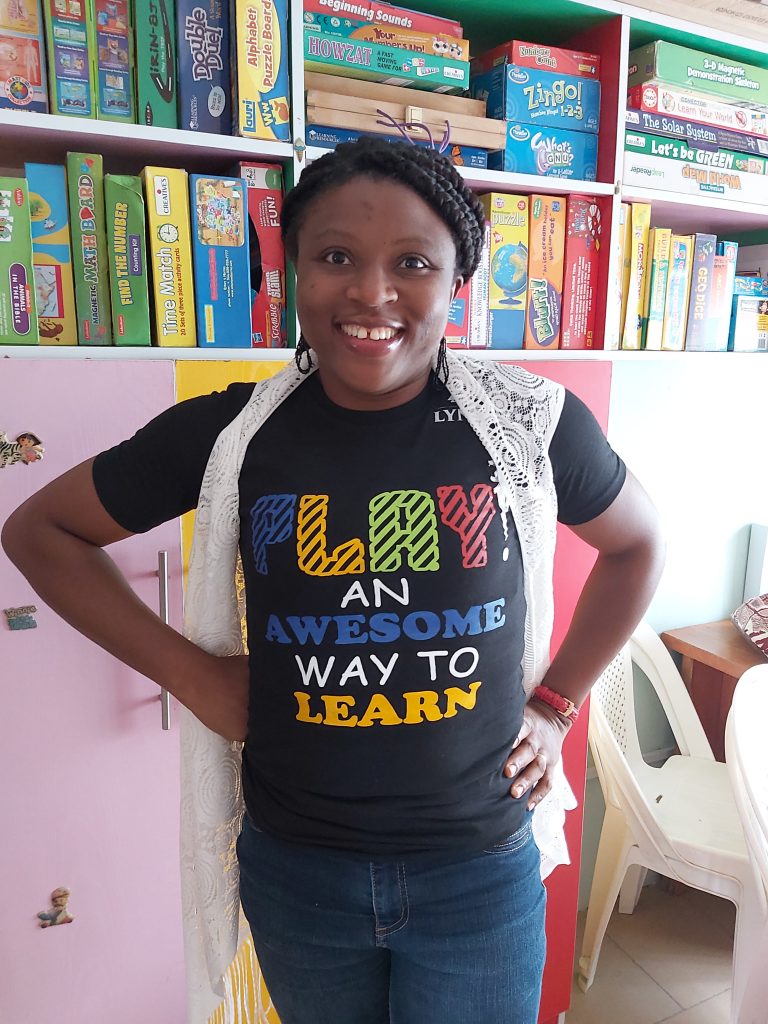
“Get a lot of people to playtest the game and be very attentive to their suggestions.” – Bassey Onwuanaku, @BusyBassey
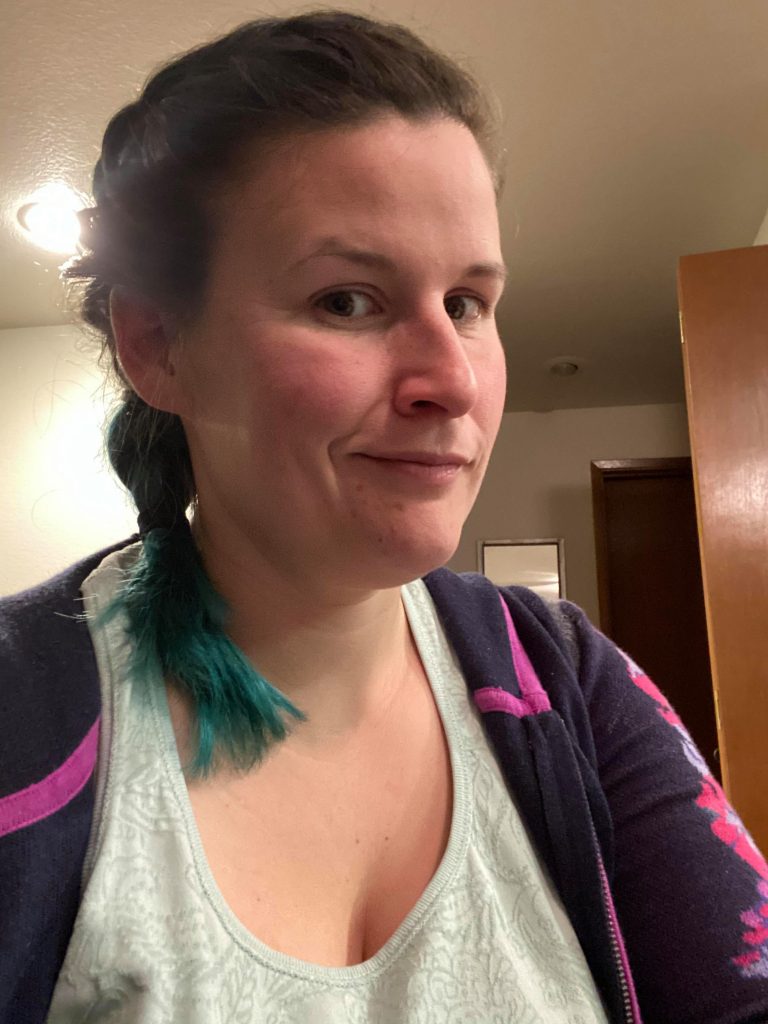
“Playtest at a group session and take lots of notes from what the group is saying.” – Jess Schoonmaker, @jessschoon
Did you enjoy this entry? Which designers would you want to hear from next? Please let me know! I’d love to hear what you think and what kind of things you’d like to see from this blog. Feel free to send me an email or comment with your thoughts!
Don’t forget to sign up for my mailing list, so you don’t miss a post: https://tinyletter.com/carlakopp